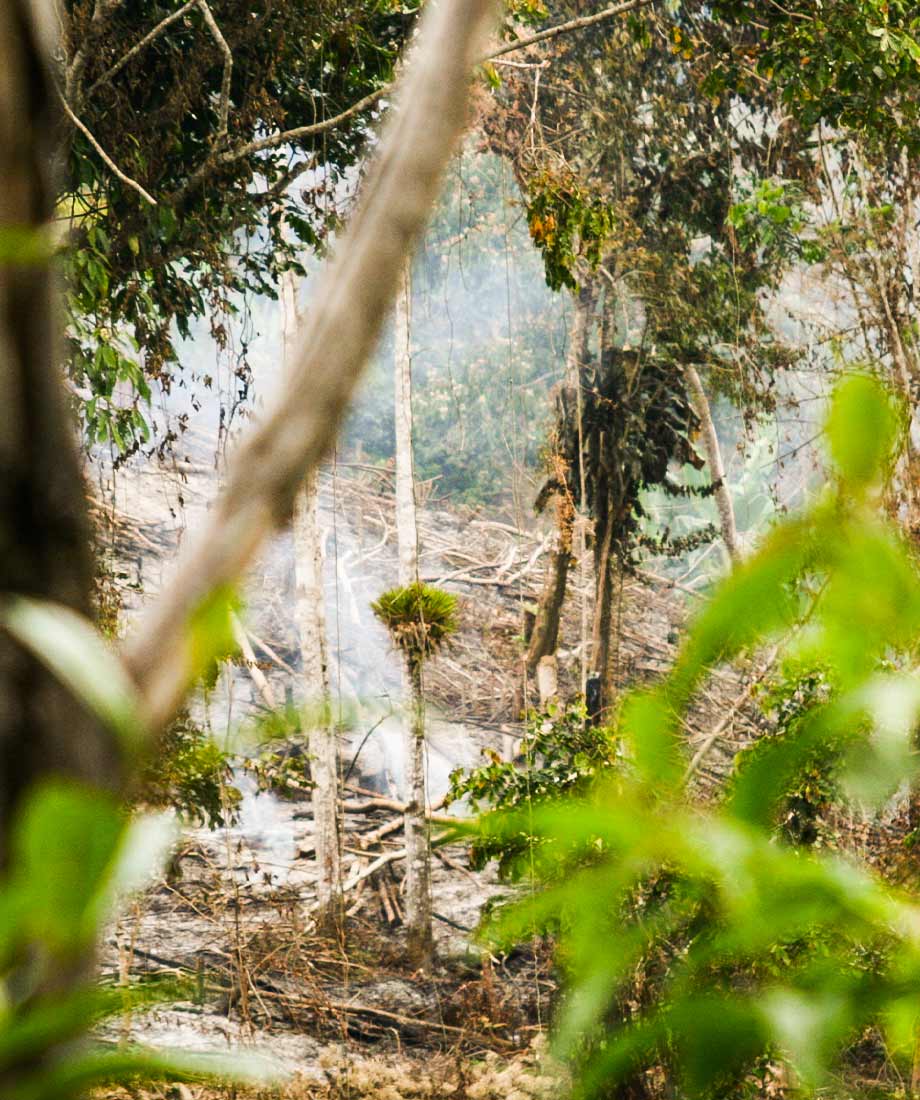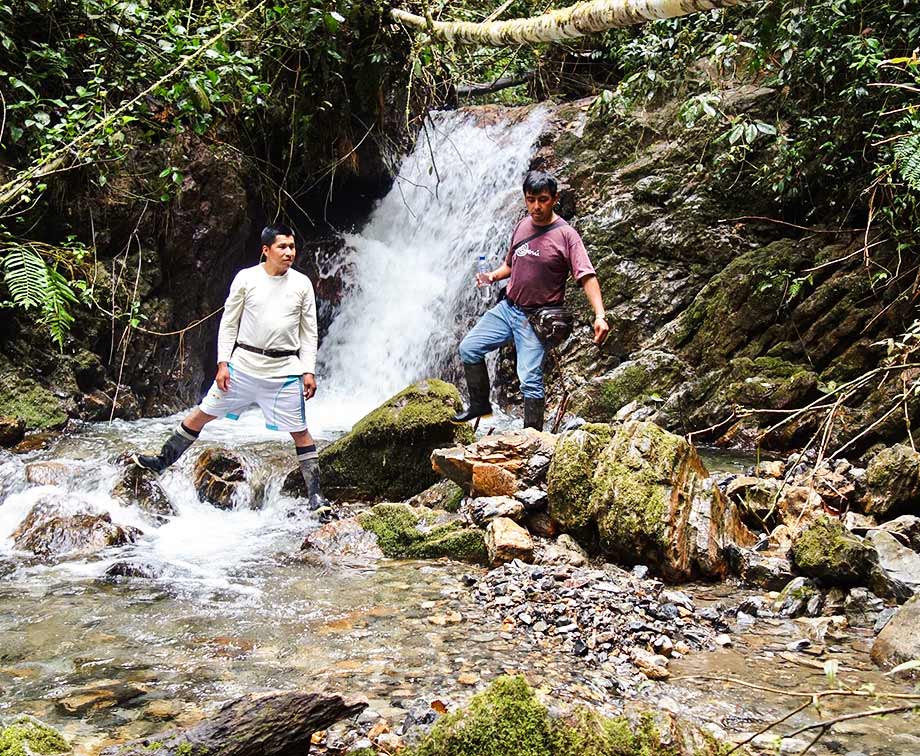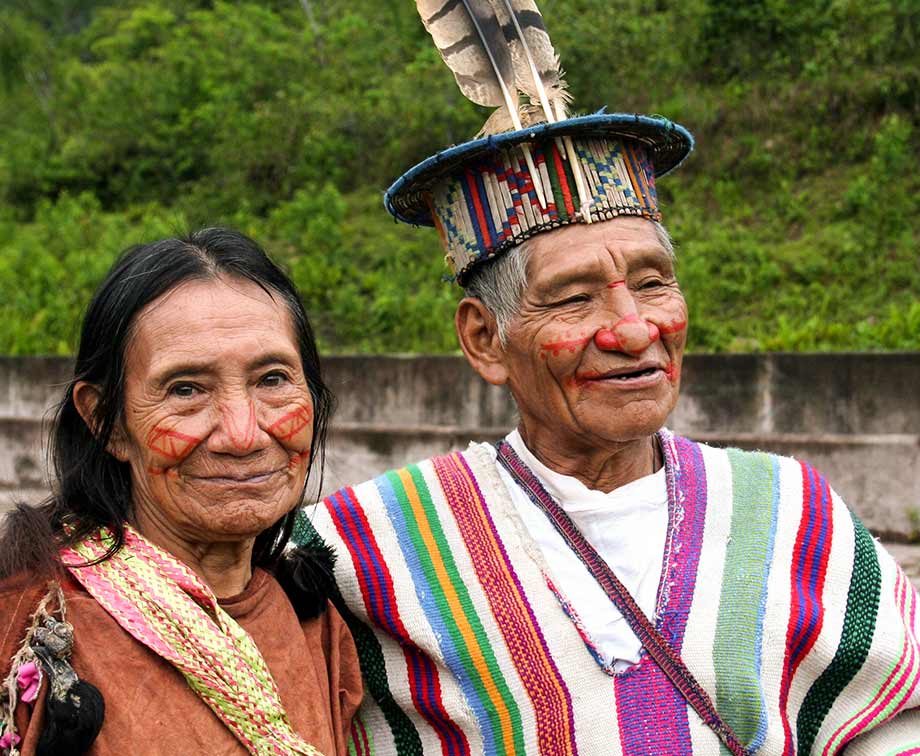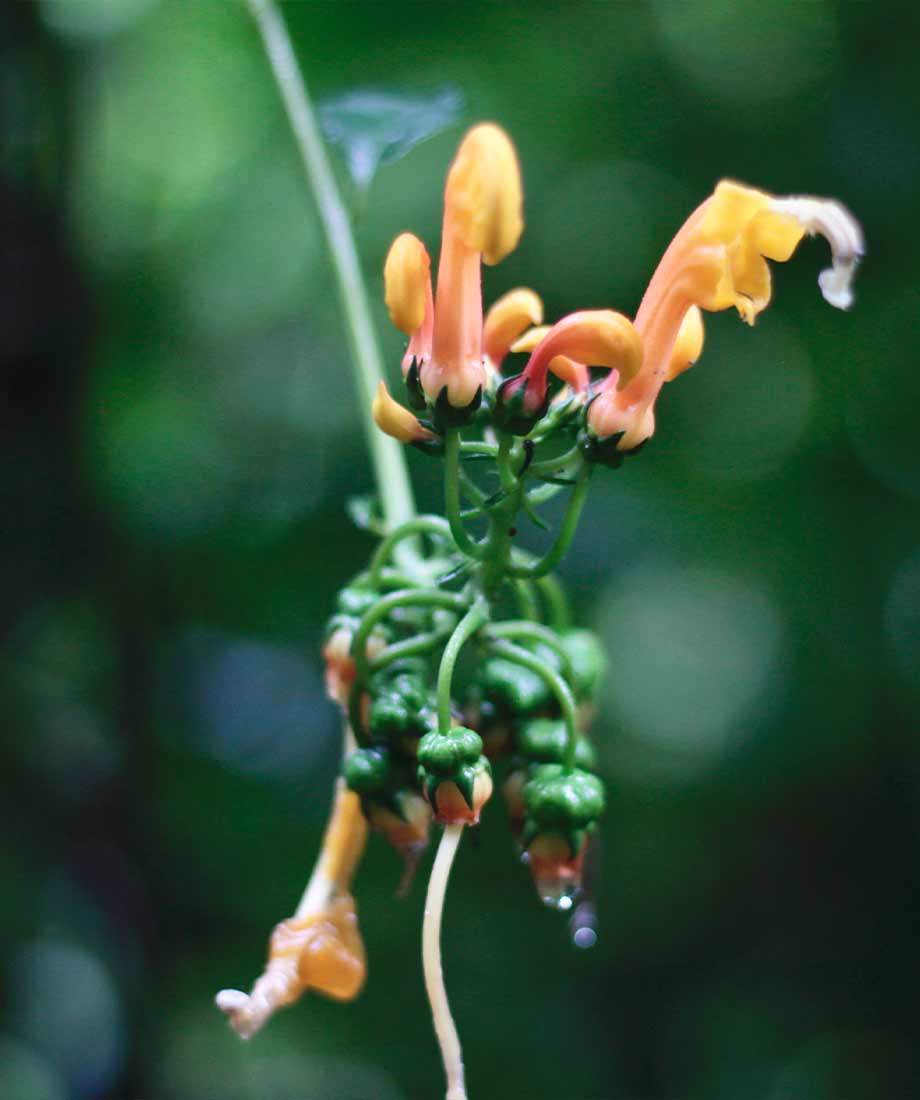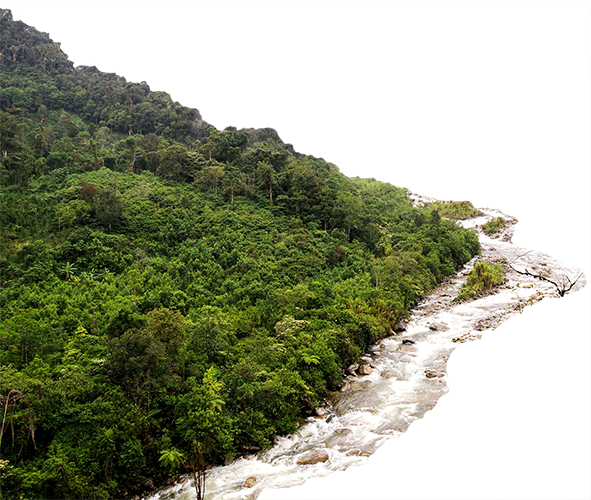Save rainforest and change the world
As a forest sponsor, you save one hectare of rainforest with 5 euros a month. You would need 27 euros for the same climate effect through technology.
Full or partial climate neutrality
The biggest problem with reforestation measures is securing the land on which new forests are to be created. This is because it must be ensured that the young trees are not destroyed again before they can remove CO2 from the atmosphere, i.e. they must be protected from slash-and-burn, grazing animals and conversion to agricultural land, for example. To ensure this, we work with indigenous communities, state nature reserves and private landowners who commit to protecting the newly created forest in the long term.
In addition, of course, reforestation should only take place where there was forest before. It does not make sense to plant trees in natural bogs or grasslands, for example, where they will destroy these species-rich, natural ecosystems.
The right kind of reforestation
Not all reforestation is the same. When species-rich primary forest is replaced by monocultures and tree plantations, for example, almost all animal and plant species disappear. Intensively used commercial forests have a relatively poor climate balance. The amount of CO2 absorbed then depends on factors such as harvesting cycles, amount of deforestation, type and age of trees, management practices, etc.
For the tropics in particular, data show that young forests can absorb much more CO2 than previously thought. However, this is only the case if trees are not planted in straight rows or monocultures by humans. Instead, new forests should be allowed to develop on their own, as species-rich and close to nature as possible. Young forests can then make a major contribution to climate protection.
The selection of suitable tree species is also particularly important. In the last 200 years, huge areas throughout the tropics and subtropics have been afforested with eucalyptus species, for example, which are originally native to the dry regions of Australia. They are destroying biodiversity, degrading soils and can dry out entire swaths of land.
In our reforestation program, we plant only native species. We obtain the seeds as close to the reforestation site as possible in order to guarantee a gene pool of trees that is appropriate to the site. We also ensure that the young forests can develop as species-rich, site-adapted, natural ecosystems and try to focus on species that can cope with climate changes in the coming years.
In addition to protecting existing forests, our reforestation program also contributes to effective nature and climate protection.
Source 1: https://www.mcc-berlin.net/news/meldungen/meldungen-detail/article/ein-dollar-fuer-den-regenwald-spart-5-dollar-40-fuer-sonstigen-klimaschutz.html
• Fuss, S., Golub, A., Lubowski, R., 2021, The economic value of tropical forests in meeting global climate stabilization goals, Global Sustainability
doi.org/10.1017/sus.2020.34
• Article by the author team on the MCC Common Economics Blog (English): https://blog.mcc-berlin.net/post/article/saving-and-restoring-tropical-forests-has-great-value.html
Source 2: https://doi.org/10.1038/s41586-020-2686-x
Source 3: 10-15% of emissions from deforestation:
https://www.theworldcounts.com/challenges/climate-change/global-warming/global-co2-emissions/story
General source on forests, climate, soils
10.1146/annurev-resource-083110-115941


